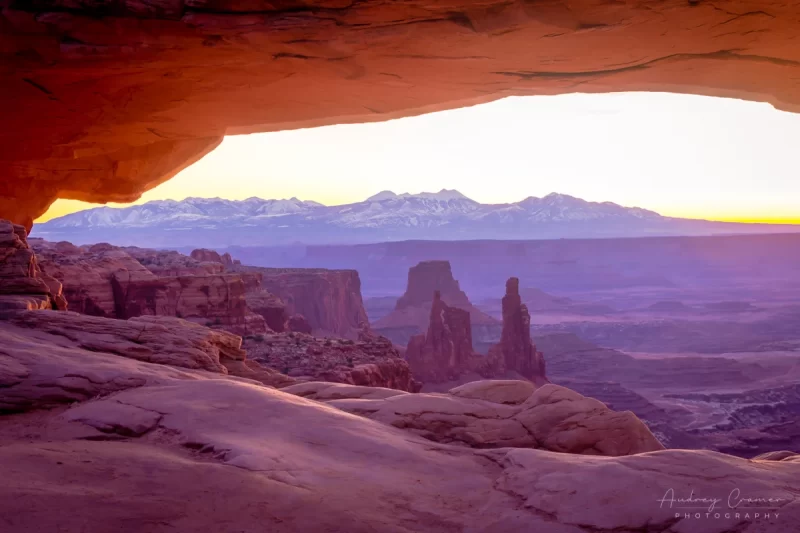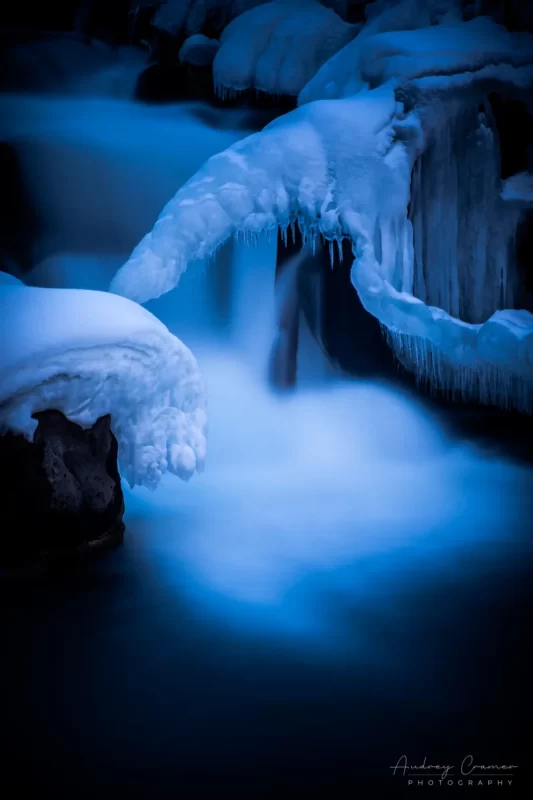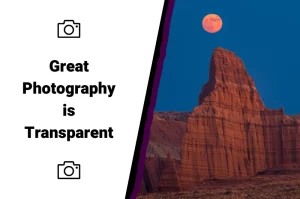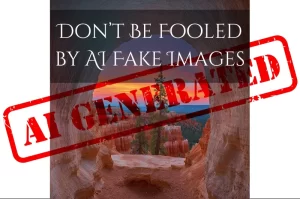When you buy a print from Audrey Cramer Photography, I list the medium as giclée. That’s a fancy and exotic sounding word but what does it mean? It comes from a French word meaning spray or spurt of liquid. Giclée printing, as we know it, was developed in the 1980’s as an alternative way to take fine art stored digitally and create a high-resolution print.
In order to understand more about giclée printing and why we use it, it is useful to understand some of the other image printing methods currently used today as well.
Silver Halide
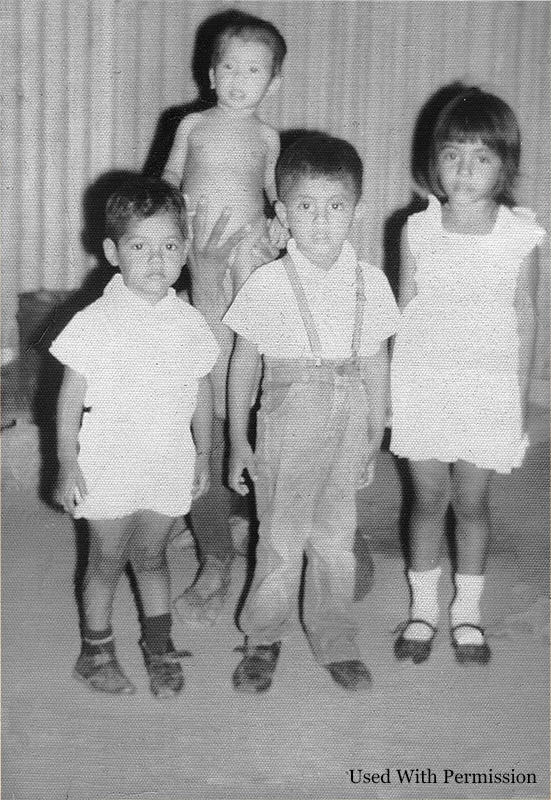
First, we’ll start with an old school photography method of creating reproducing images: silver halide on paper. Silver halide is a light sensitive chemical which changes color when hit with various colors of light. The final paper is coated with silver halide and exposed to an image. When properly developed afterward, the image appears in the chemical on the paper. As the colors are usually inverted, they perform this process twice.
This is, indeed, the traditional process for generating a print from a film camera. A silver halide coat is placed on the film which is then exposed to the image through the lens. When developed properly, this is your negative. Then you would traditionally take your roll of film to a photo lab to have a positive print made of it. Those in the art of film photography would do the darkroom work themselves for greater control over the final products.
Silver halide prints are very high quality and expensive and, though there are methods of printing digital photographs on silver halide paper, it has generally been for film photography. You will find many of the great classic photographers, such as Ansel Adams, used silver halide in their photography.
Lithographic Prints
Lithography is a far older form of printing still used today, albeit in a far more advanced form, for modern artistic prints, posters, and more. Modern lithography bears the name of offset printing because it adds an extra step to the traditional process: thus, the offset portion of its name.

Originally lithography involved etching an image onto stone (a long and laborious process). The parts of the image to receive ink received a treatment with an oily substance that repels water. The remaining stone surface receives a coating of water. An oil-based ink was applied to the stone which would stay on the non-wet areas of the stone. The stone is pressed into paper to create each image.
In modern lithography, the process is similar but far more advanced. First, the artist separates out the image into four colors: cyan, magenta, yellow, and black. The artist creates a plate for each of the four colors from some material, often aluminum, though he or she can use other materials.
They place each plate on a roller and ink it with the appropriate color of ink. The image is then transferred to a rubber mat on a second roller (this is why it’s called offset) and finally rolled onto the paper. They repeat this process three and sometimes more times. The combination of the four ink colors mix and create the wide range of colors available.
Lithographic printing is extremely cost effective if you want a large number of prints. The plates are expensive to set up and the machine ready to go, but then it becomes very cheap to print more prints afterward. If you need 10,000 copies of something, lithographic printing is a good way to go. If you need 5 copies of something I would choose a different printing method.
Color Laser Printing

One of the newer processes for printing an image is laser printing. Laser printers work by using a laser to trace the image onto a photosensitive glass drum. Much like glasses which change shade in the light, this glass will alter its electrical charge when hit with certain wavelengths of light.
When you start a laser printer, the printer traces whatever image you want printed with a laser onto the glass drum. The drum receives a dusting of fine powder (called toner) which, due to static electrical charge, sticks to the areas that the laser has traced. This drum then rolls onto the paper and another laser deactivates the static on the drum.
After this previous step but prior to leaving the printer, the paper rolls through a device with very hot rollers called a fuser. This is so the toner will stay on the paper. For color laser printing, like lithography, they run the process three more times for all the necessary colors before rolling through the fuser.
Color laser printing is a good choice for mass produced images which don’t need to be extremely high quality. It’s good for a low run publication which needs some color photos in it (a high run publication like a magazine or textbook would likely use lithography). For certain photos, you might be able to get acceptable quality, but it is not generally something you consider fine art.
Ink Jet

Now that you understand a bit more about other printing processes, it’s time to circle back into giclée is. We’ll start off our explanation with what standard ink jet printing is.
Ink Jet printing is kind of the forerunner to giclée printing but it is far lower in overall quality. A standard low end ink jet printer has four colors of ink (yellow, cyan, magenta, and black). The ink is generally low quality as is the paper. While it is sometimes possible to use high quality paper in standard ink jet printers, most lower end printers just won’t take the thicker artistic papers often used in giclée.
With all forms of ink jet printing, there is a print head with lots of small nozzles. Nozzles spray each color of ink on the paper, creating the image. The density of these nozzles over a given area determines the level of quality which the final image will have: the denser the nozzles, the higher the quality of the print.
Giclée

Giclée printing is similar in execution to ink jet printing however everything is better quality. A lower end giclée printer will have slots for cyan, light cyan, magenta, light magenta, yellow, and black inks. This is six different colors of ink instead of four. This larger color range gives more dynamic color in the cyan and magenta ranges.
Higher end giclée printers have as many as 10 separate ink colors. When mixed properly with other inks on the paper, those inks create a color richness only really rivaled by silver halide printing processes. Even then, silver halide generally doesn’t exceed the quality of a well-executed giclée print.
Giclée also uses acid-free archival quality paper and inks formulated to stand up to time far better than those of a regular ink jet printer. There is some UV protection, so it won’t fade as easily. Of course, everything will eventually fade so be sure to care for your giclée fine art to maximize its life.
Finally, unlike most other printing methods, you may print giclée on many different types of surfaces using the proper printers for the task. There are more paper options available for giclée than for other printing methods. There are also canvas giclée prints and even on oddly shaped items such as coffee mugs.
Which is Best?
Museums will generally use silver halide for any print reproductions they’re going to use. Obviously, the original is better but that’s not always possible. When handled correctly, it provides extremely clear images with very good color reproduction. It is also a very well understood and mature technology. We know how long a silver halide print can last and how to maximize the life of any silver halide image.
The disadvantage of a silver halide print is that it contains silver. Silver isn’t exactly what you would call a “cheap material.” You must also use some fairly unpleasant chemicals to develop the image.
Creators of magazines, posters, and books often choose offset lithography. You might call it their hands down favorite for mass produced items. For large runs, it is by far the cheapest and provides more than adequate image quality.
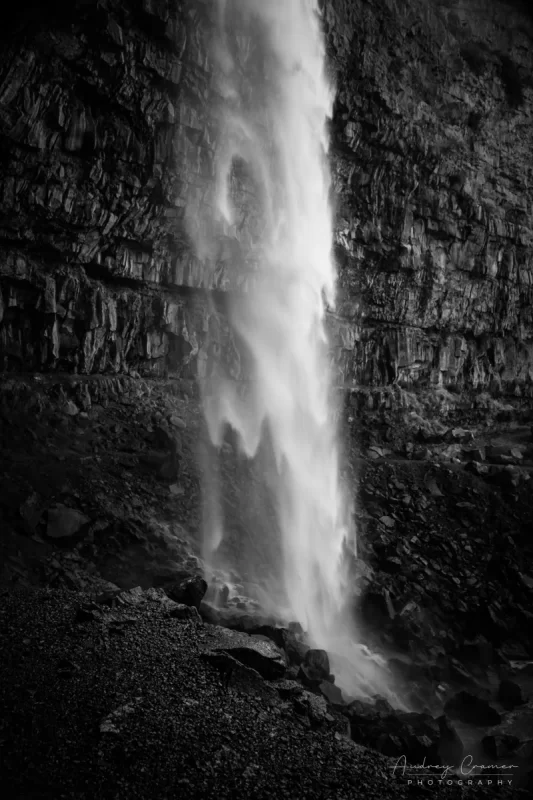
Giclée is the favorite for most fine art photographers for print reproductions of other artwork. It is cheaper than lithography for small runs and far cheaper than silver halide. It also produces images considered to be as good as silver halide.
Experts have used simulated aging techniques to determine that good archival giclée prints should last as long as silver halide prints. While this may be true, we won’t know how long giclée prints can last until they start to degrade. You should note that the materials technology has advanced since the inception of giclée. So, a print produced now should last longer than one produced a decade or two ago.
Other print methods such as laser and ink jet printing aren’t particularly useful for fine art prints. People use ink jet for low cost and low volume home printing. Color laser printing is for slightly greater low volume home and business printing which needs some color, and it can produce images of acceptable quality for things like brochures.
Conclusion
Giclée is a medium of fine art for high quality and cost-effective prints. It’s a form of high-quality ink jet printing. It’s popular in the photography world thanks to digital photography requirements. Also, it’s archival in that it’s fade and UV resistant in addition to being acid-free. While it won’t last forever, it will certainly last you for several decades if properly cared for.
We hope that you’ve enjoyed learning a little bit more about the medium of giclée in addition to other methods of mass printing. Since you now know something about the medium of art which we produce, we now invite you to go take a look at our online store with a new understanding of what you can buy there.

